South American cuisine is a by-product of one of the world’s best gastronomic exchanges. The cuisine is a rich fusion of Spanish colour, Portuguese spice and pre-Columbian resourcefulness. Australian Baking Business looks at five traditional recipes that have crossed the Pacific and are garnering a strong reputation in Australia.
CHURROS
Often referred to as a Spanish doughnut, these fried-dough pastries are becoming a staple in ‘eat streets’ across the country.
There are two types of churros, one is thin and often knotted, and the other is long and thick. While originating in south-east Spain, South American churros (those found in Brazil, Argentina, Peru and Chile) are typically straight and filled with dulce de leche, cajeta, chocolate and vanilla custard. In Uruguay, churros also come in a savoury version, filled with melted cheese.
Traditionally, churros are dipped in hot chocolate or café con leche (caramel) and eaten for breakfast. Nonetheless in Australia, they are establishing themselves as a treat-snack, much like their western siblings, doughnuts.
Churros are typically fried until they become crunchy and may be sprinkled with sugar. The surface of a churro is ridged due to having been piped from a churrera; a syringe with a star-shaped nozzle. The dough is a mixture of flour, water and salt, however there are some versions made of potato dough.

Tucked away on a small corner in Redfern, one of Sydney’s newest cafés – Kepos Street Kitchen – has brought churros on to the menu with great success.
Owner and former Bathers’ Pavilion sous-chef Michael Rantissi was trained in the classical French tradition. Nonetheless his Israeli background and love for Mediterranean tastes has made for an eclectic menu.
Inner-Sydney-based food blogger Lee Tran Lam says Michael’s churros stand out on a counter decked with chocolate halva brownies and pecan and maple scrolls.
“[Michael’s churros are] soft, crisply ridged pastry fingers that have been rained upon with a generous pattering of sugar, they are so greatly comforting and satisfying,” Lee says.
“Even if you are a dessert-hoarder, the serving size of eight pieces means you can share without resentment kicking in later on – there’s no way to eat all the churros solo anyway.”
The churro trend has exploded in Melbourne and Sydney in the past year and is heading the same way in the other states, particularly with the mainstreaming of specialist churro stores like Chocolateria San Churro.
Made fresh to order, Chocolateria San Churro offers churros for one, or for a group, served with pots of couverture melted chocolate.
EMPANADA
Empanadas have been one of the most popular South American baked goods to cross the continent, and today are found worldwide. Like the pastie, the empanada is stuffed bread or pastry that is either baked or fried. In fact, the name comes from the Portuguese and Spanish verb empanar, meaning to wrap or coat in bread.
According to Karina Amaru – an Peruvian-born baker who now sells empanadas at the Adelaide Farmer’s Market – the snack is easy to master and basic recipes can easily be customised by adding spices, herbs and fillings.
“Depending on your personal tastes, or your customers tastes, there are a number of add-ins that complement or contrast with the fillings, including cheese, leek, Swiss chard, beet and goat cheese, mushroom and cheese, and meat,” Karina says.
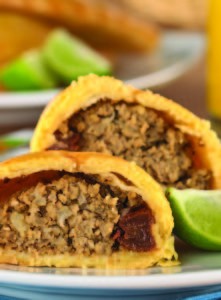
“Sweet dough is also a very popular contrast to the savoury filling. This is seen in many saltenas. Like empanada’s the saltena is an old Bolivian hand-held baked pastry filled with spiced meat – usually beef or chicken – and vegetables.”
DULCE DE LECHE
Literally translated to “candy of milk”, dulce de leche is a confection popular in South America, notably in Argentina, Brazil, Paraguay and Uruguay.
The caramel is prepared by slowly heating sweetened milk to create a product that derives its taste from caramelised sugar and is used to flavor candies or other sweet foods, such as cakes, cookies and ice cream, as well as breakfast staples including toast and pancakes.
Paris-based pastry chef and author of Ready for Dessert David Lebovitz says dulce de leche is one of the most versatile and mouth-watering recipes to come out of South America.
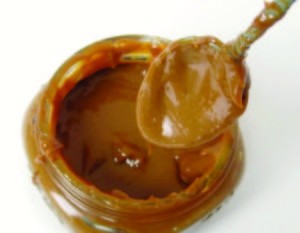
“The first time I had Dulce de Leche I began spooning it directly from the jar and into my mouth and before I knew it, I had made it almost all the way through the jar. It was that good!” David says.
“Since I love anything caramelised, coupled with the barn-yardy taste of goat milk, I’d found heaven in this sweet-silky paste, conveniently packed in a nice glass jar from our friends south-of-the-border. Most of what’s available is made from the more public-friendly cow’s milk. If you do come across some made from goat milk, I urge you to try it: it’s incredible!”
David Lebovitz’s dulce de leche recipe:
reprinted with permission from his book The Perfect Scoop: Ice Creams, Sorbets, Granitas, and Sweet Accompaniments, copyright 2007. Published by Ten Speed Press, a division of Random House.
• Preheat the oven to 220°C;
• Pour one can (400g) of sweetened condensed milk (not evaporated milk) into a glass pie plate or shallow baking dish. Stir in a few flecks of sea salt;
• Set the pie plate within a larger pan, such as a roasting pan and add hot water until it reaches halfway up the side of the pie plate;
• Cover the pie plate snugly with aluminium foil and bake for 1 to 1-and-a-quarter hours. (Check a few times during baking and add more water to the roasting pan as necessary);
• Once the dulce de leche is nicely browned and caramelised, remove from the oven and let cool. Once cool, whisk until smooth; and
• Store in the refrigerator until ready to serve. Warm gently in a warm water bath or microwave oven before using.
ALFAJORE
Although Alfajore (pronounced al-fa-hor-rey) have their origins in the Middle East, the Spaniards acquired their habit for these sweet biscuits from the Moors, and brought it to Argentina, Chile, Ecuador and Peru where it has been the quintessential street food for some time. In fact, Argentina is currently the world’s largest consumer of alfajores, being the most common snack for schoolchildren and adults.
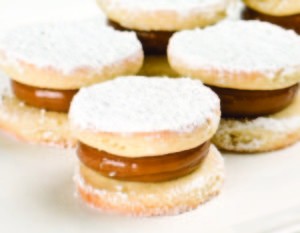
The typical Alfajore is made with two crisp slightly-sweet shortbread-like cookies sandwiched together with dulce de leche. There are many variations on the standard recipe; including the addition of nuts, fruits and chocolate.
True Alfajore aficionados prefer to eat the cookies a day or two after they are made, when the dough has softened and melded with the filling.
Author of Brisbane-based travel-food blog Claire K Creations Claire Cameron says the humble shortbread is transformed to a new level of “taste heaven” with dulce de leche filling.
“If you’ve never tasted dulce de leche I’d describe it as sweet, liquid gold you could eat with a spoon,” Claire says.
“I recommend making alfajores over two days – the dough on day one then the biscuits and filling the next day.
“They should last up to three days in an airtight container but I’d say once your customers get a taste of them they’ll be gone by the afternoon!”
MOUSSE DE MARACUA
Many kinds of tropical fruit mousses and mousse cakes grace South American bakeries, particularly in Ecuador where passionfruit is more commonly found in desserts than chocolate.
Ecuadorian food blogger Layla Pujol says Mousse de Maracuyá is a delicious and easy-to-make option for pastry chefs or baking enthusiasts.
“The traditional recipe calls for condensed milk. South American’s are crazy about condensed milk; it’s in almost every dessert,” Layla says.
“However, while it’s a question of preference, I find a lot of Westerners prefer the taste of the mousse with whipping cream instead of condensed milk. The whipping cream also makes the texture of the mousse a lot more fluffy and spongy.

“You can even try a half condensed milk, half whipping cream version if you want the best of both worlds.”
Mousse de Maracuyá is most often served simply in parfait glasses and topped with whipped cream. It can also be served as part of a cake, for example, using a mold with a coconut macadamia crust and a raspberry sauce.
“It can be served however best suits your audience; keep it simple, or get creative. I use a combination of small dessert molds, ramekins and mini-glasses. In addition to using the fresh fruit as a garnish,” Layla says.
“I also serve each mousse with extra whipped cream and passion fruit sorbet – it adds a nice touch.”

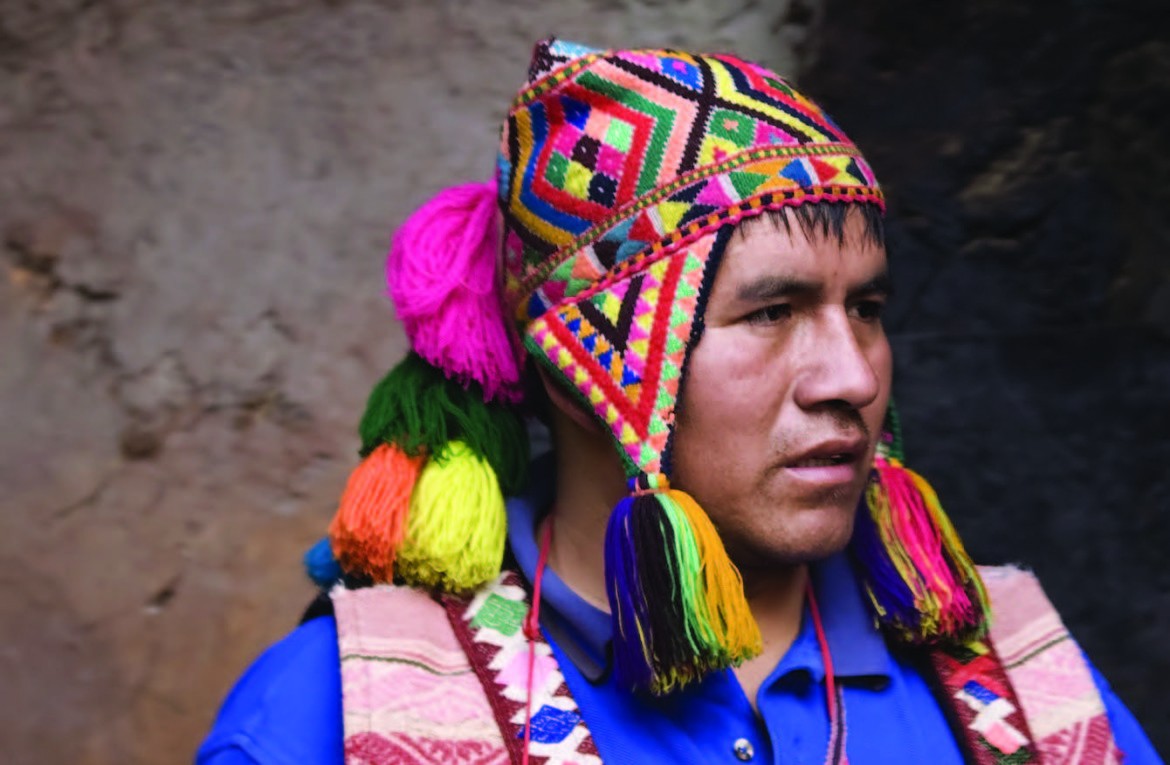
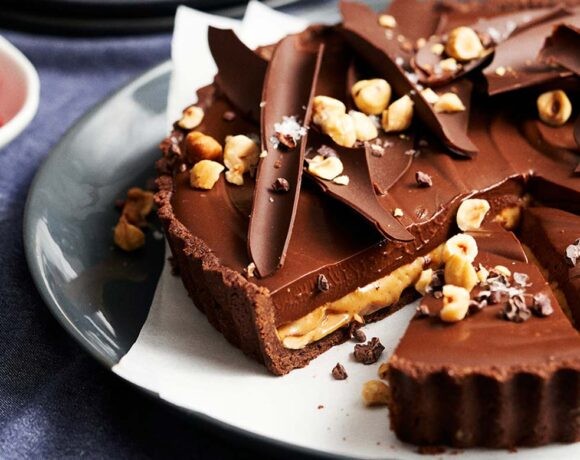
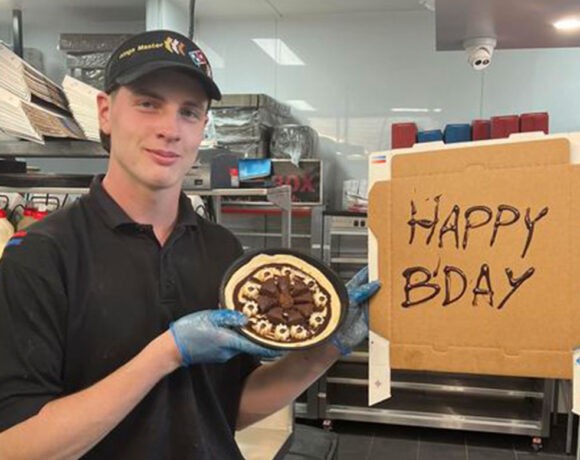
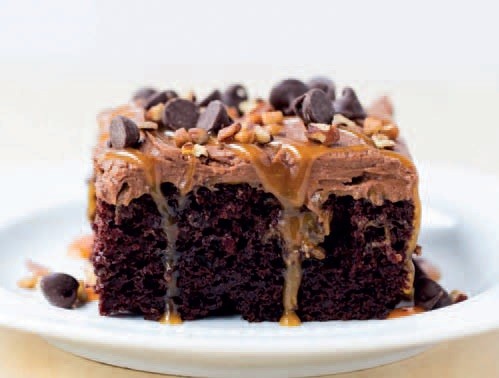


COMMENTS